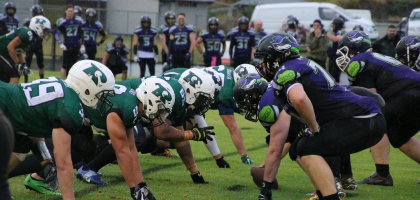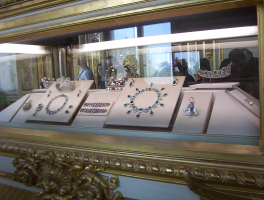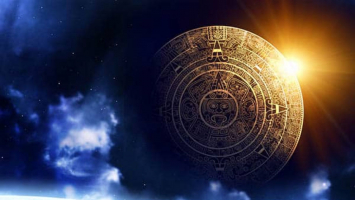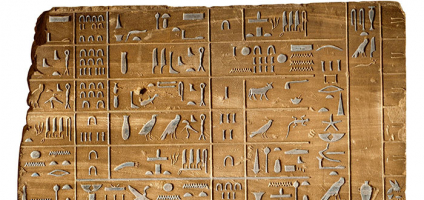Top 10 Incredible, Surprising Backroynms
These can occasionally be done for humorous purposes, and the military frequently uses them to make things sound hip and catchy. However, they also appear in ... read more...other places, often created by people who believe they must exist despite the fact that they do not. Here are some Incredible, Surprising Backroynms.
-
Have you ever traveled to a latitude where you can view the Northern Lights and witnessed an arc of purple light slicing through the sky? Then you witnessed Steve. Photographer Chris Ratzlaff gave the unusual meteorological phenomena the moniker STEVE, which stands for Strong Thermal Emission Velocity Enhancement. He got the idea from the animated film Over the Hedge.
Steve is a purple and green light ribbon in the sky that is an atmospheric optical phenomenon that was given that name in late 2016 by aurora observers in Alberta, Canada. A 25 km (16 mi) wide ribbon of hot plasma, flowing at a speed of 6 km (3.7 mi) per second (compared to 10 m/s (33 ft/s) outside the ribbon) at an altitude of 450 km (280 mi), is believed to be the source of STEVE, according to analysis of satellite data from the European Space Agency's Swarm mission. Although the phenomenon is not uncommon, it has not yet been researched.
For decades, STEVE had been captured on camera, but no one knew what it was. A proton arc was suggested, but that didn't fit either. STEVE seemed appropriate because it is used by the characters to denote "something unknown" in the film. The creation of a backronym has shown to be successful thus far.

http://photofun4ucom.blogspot.com/ 
https://www.canadiangeographic.ca/ -
SOS is arguably the most well-known abbreviation in the entire globe, and almost everyone has heard of it. It was created in 1905 by Germany after various nations realized that ships in trouble needed a universal, effective way to signal for assistance that would cut through linguistic boundaries. SOS was created for use in morse code, and those letters were selected for their simplicity and clarity. Three dots in a row, created by swiftly tapping on the telegraph machine, are used to represent the letter "S" in code. Three longer taps, called dashes, are used to represent the letter "O."
The letters were not even taken into consideration when SOS was first proposed. The only characters were dot, dot, dash, dash, and dot dot dot. It was simple to comprehend and unlikely to be misunderstood at any time. Because it is obvious that it is not a word when people hear it today and see it written down. This has sparked debate as to what it must represent, with "rescue our ship" being frequently offered as the response. However, it was never meant to have any meaning at all, therefore any conceivable meanings like "rescue our ship" or "save our souls" are just inaccurate backronyms that were added much later.

https://fineartamerica.com 
https://www.armidaleexpress.com.au/ -
Sometimes the best justification for a backronym is a joke, and NASA did just that with, of all things, a treadmill. In 2010, NASA conducted a competition to let the general public choose the name of a space station chamber. They allowed people to send in their own ideas but provided four options that were quite NASA-esque in nature. Stephen Colbert snatched the idea when enough of his followers submitted his name as the winning submission.
Stephen Colbert would receive a consolation prize from NASA, they said, but they would not rename the entire room after him. NASA took the situation in stride. There is now a piece of apparatus called the COLBERT, which stands for Combined Operational Load Bearing External Resistance Treadmill, in place of the chamber. Because there is no gravity in space, astronauts need to exercise a lot to keep in shape, thus they will now use the COLBERT treadmill.

http://www.fanpop.com/ 
https://wallup.net/ -
In 1923, TIME Magazine first went on sale. It was one of the most significant and influential news publications in the world for a considerable amount of time. Time's effect is still felt today, despite the fact that magazines and the news media have undergone significant transformation in the past century. But the name of the journal itself raises more serious issues.
TIME is capitalized because it has been claimed that it is an abbreviation. The International Magazine of Events is the name of the abbreviation in question. And while that is accurate, there is no proof that this is an acronym in any manner; therefore, if it is to be accepted in any way, it must be a backronym.
The magazine's name being an abbreviation is not even mentioned in the TIME archives. The acronym was only used for the first time in 2007. TIME is pleased to use the backronym on their own website even though they didn't even come up with it.

https://special-events.magazinesubscriberservices.com 
https://www.magzter.com/ -
Jesus Fish are commonly attached to the back of cars, but they can be utilized and placed almost anyplace. Most of us have seen them before. For the majority of us, it is a straightforward indicator that the user believes themselves to be a Christian. If you've ever given it much thought, you've probably at least connected the idea of fish with Jesus through the narrative of Jesus multiplying one fish. In light of biblical stories, everything seems very plausible. However, there is more to it than what first appears.
Early Christians turned the Greek word for fish, "ichthys," into an acrostic. An acronym-like structure known as an acrostic is one in which the initial letter of each line, typically a poem, spells out a word. Ichthys eventually came to stand in for Iesous Christos Theou Yios Soter in this situation. The English equivalent is Jesus Christ, Son of God, Savior.
The first century is when the fish was initially used as a representation of Jesus. Representing yourself as a Christian to others was risky business in the past, since Christians were not always seen favorably. The usage of the fish sign gave Christians a covert means to recognize one another. The emblem would be viewed less suspiciously than other Christian symbols because it has already been utilized in other civilizations and with other religions. Over time, the original acronym was completely lost, and the fish symbol came to represent Jesus as a form of backronym.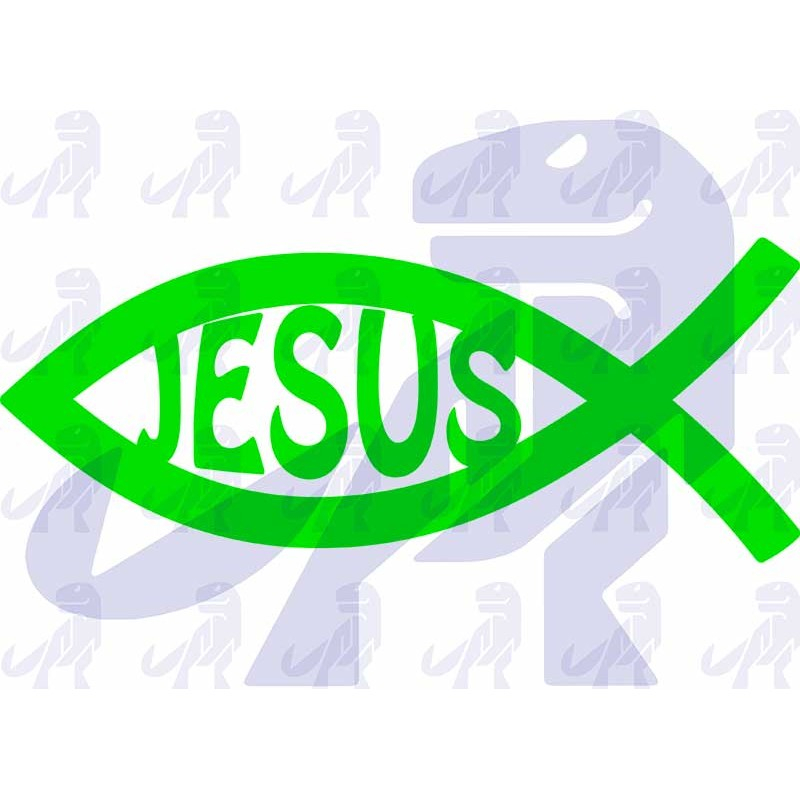
https://www.momentaryink.com/ 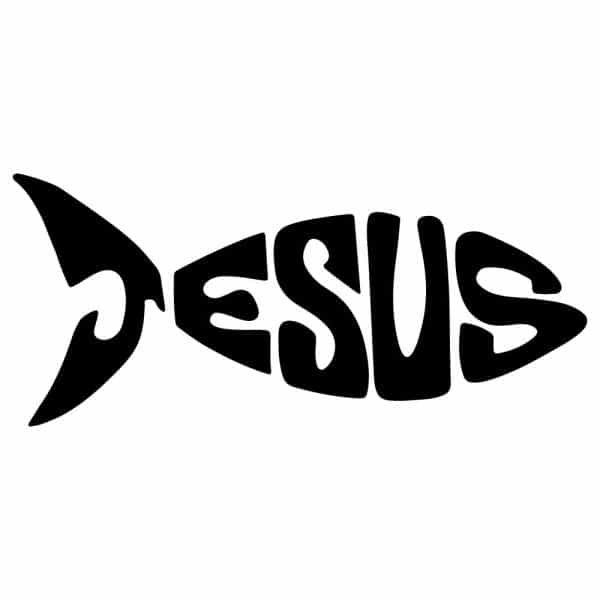
https://www.cksignsplus.com -
An APGAR test is sometimes performed on newborns to determine how healthy they were overall at the time of birth. It usually takes place in the first five minutes. Appearance, Pulse, Grimace, Activity, and Respiration (APGAR) is an acronym. The doctor wants to make sure the youngster isn't turning blue, yellow, or another color that isn't suggestive of good health because appearance relates with skin tone. Heart rate is addressed by pulse, which is clear. Grimace alludes to a healthy reaction, activity to muscle tone, and respiration, of course, to breathing.
Doctors can evaluate each of these components using a scale that goes from two to zero. One may signify issues, two is optional, and zero denotes something that absolutely needs to be solved. The infant going blue would be indicated by a score of 0. No pulse at all is indicated by a reading of 0.
Where does the backronym come into play because everything seems nice and normal so far? The experiment was created by Dr. Virginia Apgar in 1952. To account for the characteristics that were crucial to see in a baby to judge its health, at least in terms of heart rate and respiration, she created a backronym out of her own name.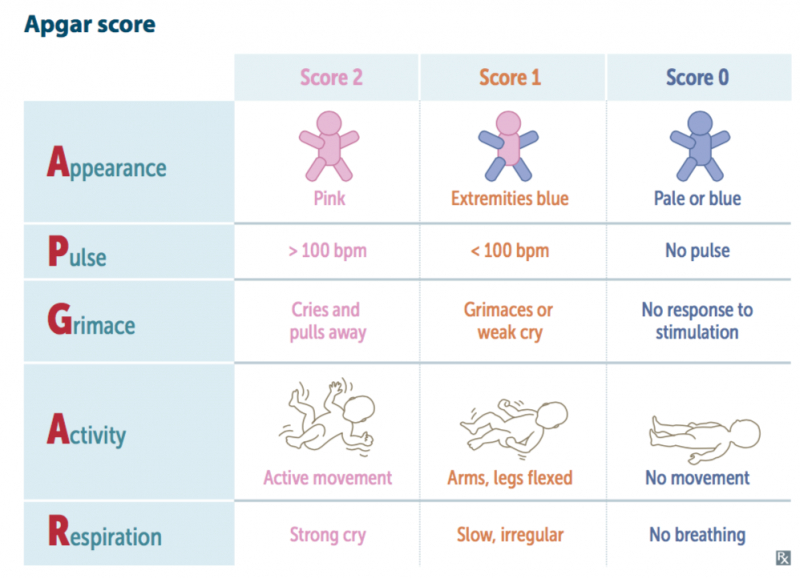
https://www.grepmed.com/ 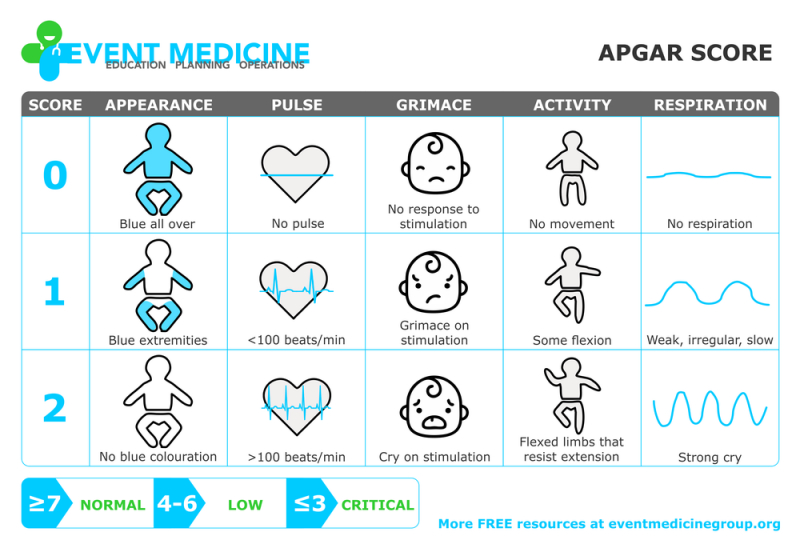
https://www.grepmed.com -
It's strange that the FBI now uses a backronym in its name since the organization is already an acronym. The Bureau of Investigation was the name of the organization when it was founded back in 1908. It changed its name to the Federal Bureau of Investigation in 1932 after first becoming the United States Bureau of Investigation.
The FBI is primarily known by its initials, like many other agencies like the CIA, NSA, or DOD, although its entire name is simple enough to recall and use verbally if necessary. However, they also adopted a slogan that was printed on their official seal when they accepted the name in 1935. But when they took on their official name in 1935, they also acquired the motto "fidelity, bravery, and integrity," which was printed on their official seal.
At the time, the bureau of inquiry portion of their name was already close to 30 years old. The decision to adopt a motto, while admirable, now looks a little performative because it was tacked onto their initials as a backronym after the name had already been chosen.
https://www.triviagenius.com/ 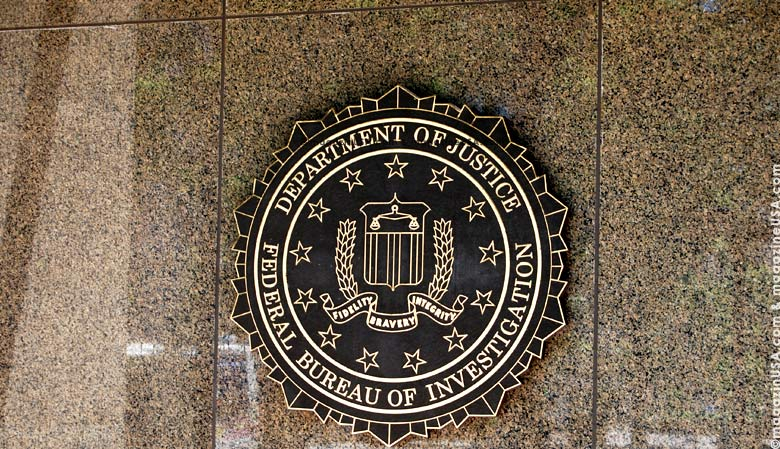
http://www.magazineusa.com/ -
For a variety of reasons, you've probably never brought up Zbtb7 in casual conversation. First of all, since this gene is known to cause cancer, it is not the kind of topic that most of us would normally discuss. Given that most people don't know the identities of individual genes, it's a morbid topic that requires a lot of specialist knowledge. Another factor is that it had a few different names before arriving at the current jumble of letters and digits.
It was previously known by a different term, which was used by researchers at the Memorial Sloan-Kettering Cancer Center, the kind of people who do need to discuss cancer genes by name. It was known as Pokemon. The team came up with the backronym because the gene's official name was POK erythroid myeloid ontogenic gene, or POKEMO gene. Is that close enough?
Pokemon is undoubtedly simpler to pronounce than the whole name and a little more approachable than Zbtb7. Unfortunately, the creators of Pokemon failed to recognize the irony in naming a cancer-causing gene after their amusing animation. The cancer researchers altered the moniker to the more commonplace one we now have after Pokemon USA threatened to sue if it wasn't. It appears that they weren't fully on board with the joke.
http://www.fanpop.com 
http://mangapournous.centerblog.net/ -
Back then, you better believe you wanted a stereo with Hi-Fi if you were in the market for one. High fidelity, or "hi-Fi," in the context of music indicated that your stereo system could reproduce sounds with breathtaking clarity. No loss of audio clarity or distortion from the LPs, 8-tracks, or whatever else you were listening to. Since the 1950s, when the word "Hi-Fi" first debuted, music has undergone so many modifications, it can be difficult to even pinpoint what it means now. But at least it has a definite definition. 'Hi-Fi' stands for 'high fidelity. What does Wi-Fi actually mean?
Wi-fi is commonly used today to refer to wireless internet or simply "the internet." Signs stating "free Wi-Fi" or informing you that the Wi-Fi is only for customers are often posted on the walls of businesses. Since the Wi-Fi Alliance owns the trademark for the term, it is technically illegal to sell products that utilize the term without their consent.
The Wi-Fi Alliance needed a term they could use that sounded nicer than what wi-fi truly is, which is IEEE 802.11b Direct Sequence, so they came up with the phrase in 1999. The name was created by a consulting company that they hired. It has two syllables, is simple to remember, and has a slightly technical sound. Therefore, despite attempts to coin a backronym for it—the most well-known of which, based on our Hi-Fi example, is "wireless fidelity"—none of them are accurate. Other attempts include "wireless finder" and even "with internet pals are welcomed."
https://www.networkworld.com 
https://www.vecteezy.com/ -
Most gamers and those who enjoy learning about military history and weapons are familiar with the phrase "RPG." You can learn that the acronym RPG is frequently used to refer to rocket-propelled grenades by looking it up on Wikipedia. RPG does not, despite what some people claim, stand for "rocket-propelled grenade." That was a backronym we made for a Russian term that already existed in the English-speaking world.
RPG is short for "Ruchnoy Protivotankoviy Granatomet," which is a phrase from Russian. This backronym is rarely questioned because it actually means "handheld antitank grenade launcher," which is essentially a rocket-propelled grenade. But it's similar to discovering that a zipper is simply a name that everyone uses because that's what they're accustomed to hearing, rather than the actual generic name for a thing.

https://jp.quora.com 
http://www.taringa.net/















